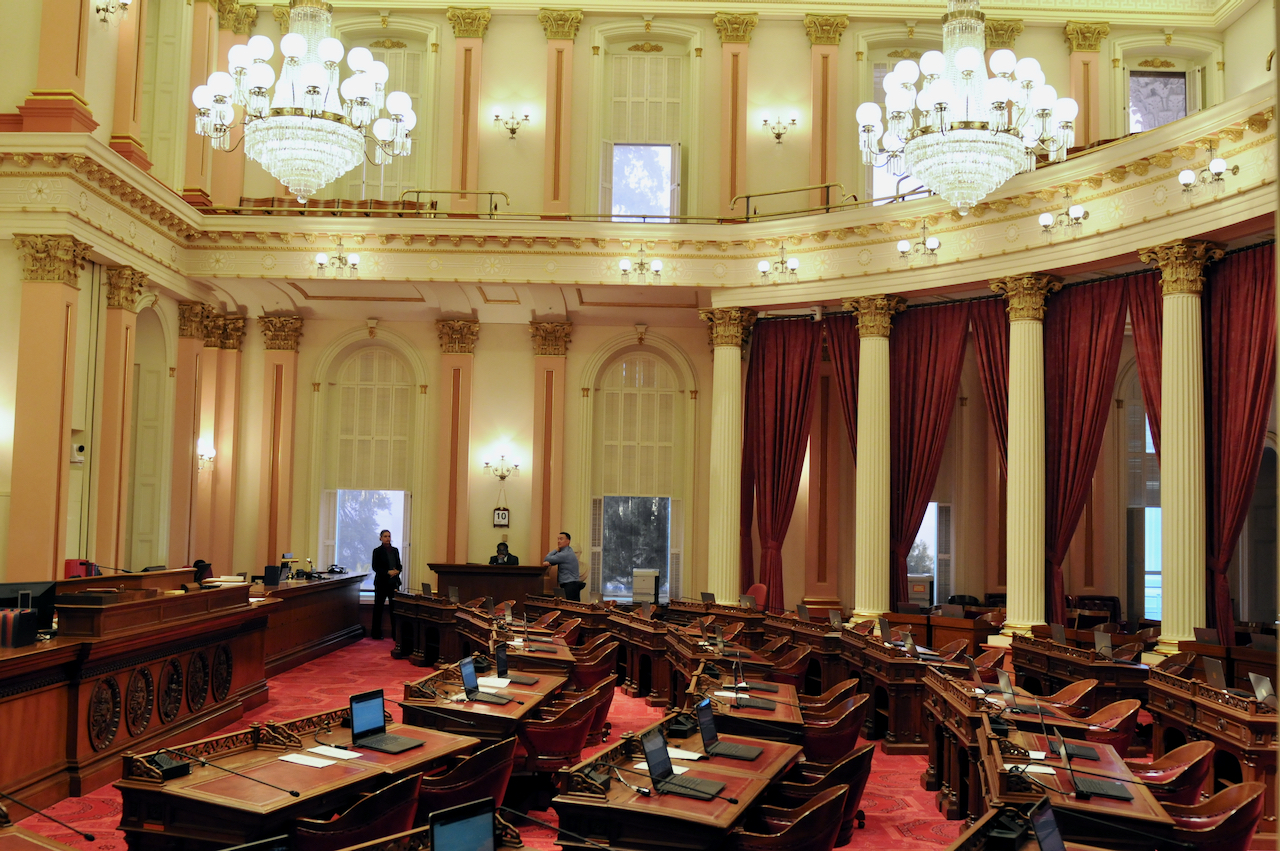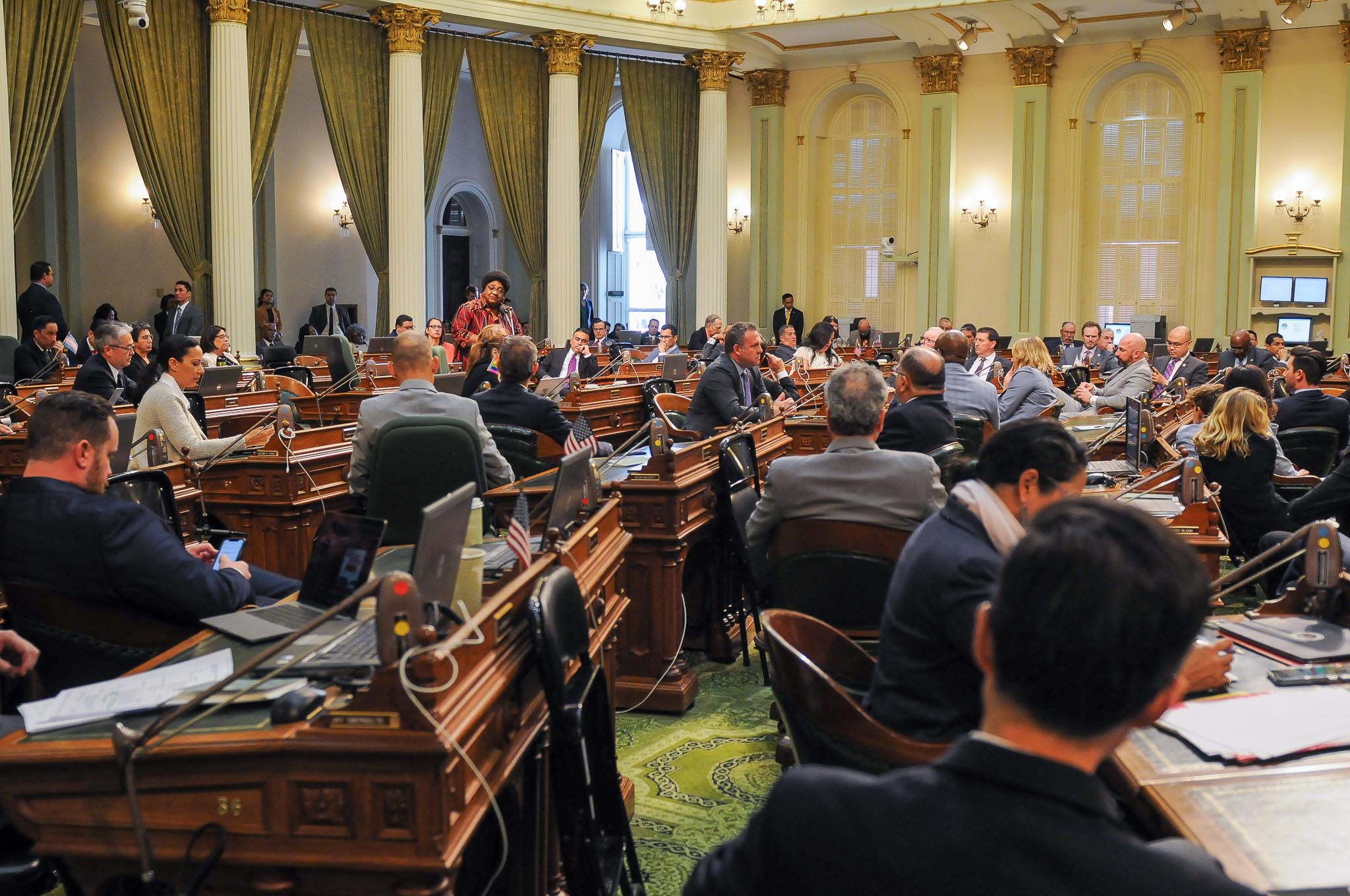
State Capitol Building. (Photo: Kevin Sanders for California Globe)
Guidance for Drafting a Retroactive California Statute
California courts will look to the text of the bill and legislative materials
By Chris Micheli, June 28, 2024 2:30 am
As a general rule, there is a presumption against retroactive application of a statute, unless the Legislature plainly has directed otherwise by means of express language of retroactivity or other sources that provide a clear and unavoidable implication that the Legislature intended retroactive application of the statute.
So, as a court of appeal explained, the presumption against retroactivity applies with particular force to laws creating new obligations, imposing new duties, or exacting new penalties because of past transactions. In re Marriage of Reuling (1994) 23 Cal. App. 4th 1428, 1439. As a result, when drafting entirely new statutes, they are likely to apply prospectively.
As state courts have explained, and as bill drafters must appreciate, the basic rule in California is that “a statute may be applied retroactively only if it contains express language of retroactivity or if other sources provide a clear and unavoidable implication that the Legislature intended retroactive application.” Id. Therefore, when drafting a statute that is intended to apply retroactively, the bill drafter must make an explicit statement that the statutory language is to be applied retroactively.
California courts will look to the text of the bill and legislative materials to determine whether the later enacted bill made a change in the law or whether the later enacted bill clarified existing law. As a result, not only should the statutory language expressly apply retroactively, but also the legislative committee and floor analysis should discuss the legislative intent to apply the law’s provisions retroactively.
Hence, a bill drafter should include express retroactivity language in the text of the measure, and committee consultants should also include at least a brief discussion of the bill’s proposed retroactive application in their committee and floor bill analyses. This will provide ample guidance to courts and other interested parties regarding the intent of the Legislature to apply the provisions of the bill retroactively.
- Service of Papers on an Attorney - January 12, 2026
- Formation of Limited Partnerships - January 11, 2026
- Intercountry Adoptions - January 11, 2026




One thought on “Guidance for Drafting a Retroactive California Statute”